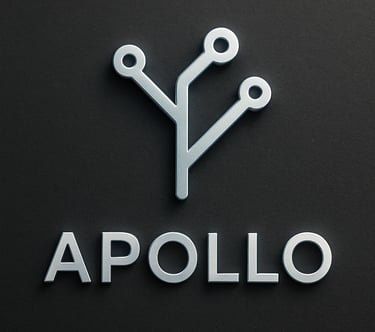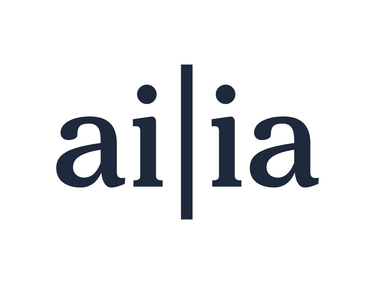How to Calculate AI Project ROI: Complete Guide 2025
Complete 2025 guide for calculating AI project return on investment with proven methodology, European sector benchmarks, and finance-grade metrics. APOLLO Framework based on MIT Sloan academic discipline.
www.aiia-tech.com
9/25/20253 min read
Calculating the ROI of an AI Project: Complete Guide 2025
How to Quantify the Return on Investment of Artificial Intelligence
Artificial intelligence is transforming businesses at an unprecedented pace. Yet, 70% of AI projects fail to generate a positive return on investment. This alarming statistic raises a critical question: how can you accurately calculate the ROI of an AI project before investing?
In this comprehensive guide, we decipher proven methodologies for assessing the real profitability of artificial intelligence projects, based on the analysis of more than 500 projects documented.
Why Most AI ROI Calculations Are Wrong
Traditional approaches to calculating ROI fail when faced with the specificities of artificial intelligence. Unlike traditional IT investments, AI projects involve significant structural uncertainty that requires adapted methodologies.
The 3 Classic Mistakes
Mistake #1:Simplified Linear ROI
The classic formula(Benefits - Costs) / Costs × 100ignores the gradual adoption curve of AI. In reality, year 1 benefits represent about 30% of the total potential, reaching 100% only in year 3 after the system matures.
Mistake #2:Underestimating Hidden Costs
Beyond software licenses, AI projects generate costs that are often overlooked: team training (15-25% of the initial budget), model maintenance (20% annually), and organizational change management costs.
Mistake #3:Ignoring Sector Variability
An AI project in banking generates an average ROI of 320% over three years, while in manufacturing, this figure drops to 180%. This difference is explained by sector specificities: level of regulation, digital maturity, process complexity.
The Monte Carlo Methodology: Gold Standard of ROI IA Calculation
To capture the uncertainty inherent in AI projects, leading organizations use Monte Carlo simulations with at least 1,000 iterations. This statistical approach generates a distribution of possible outcomes rather than a single value.
How a Monte Carlo Simulation Works
The Monte Carlo simulation tests 1000 different scenarios by varying the key parameters according to their probability:
User adoption rate
Productivity gains achieved
Actual maintenance costs
Each simulation produces a specific ROI. Aggregating all 1000 simulations provides:
Median ROI: most likely value
95% confidence interval: range of probable outcomes
Probability of success: % of scenarios with positive ROI
Value at Risk: maximum loss in adverse scenarios
Practical Case: Calculating the ROI of an AI Customer Service Project
Initial Context
Company: ETI e-commerce 200 employees
Problem: 15 overwhelmed customer support agents, 24-hour response time, 65% satisfaction
Solution considered: AI chatbot + agent assistance
Estimated budget: 80k€ initial + 15k€/an maintenance
Results Monte Carlo Simulation 1000 Iterations
CEO Metrics (Strategic Vision):
Overall ROI 3 years: +187% (median)
Return period: 16 months
Probability of success (ROI >0%): 89%
CFO Metrics (Financial Rigor):
Median NPV: +142k€
IRR : 34% (vs WACC 10%)
VaR 5%: -€23k (controlled risk)
95% confidence interval: [+98k€; +215k€]
Decision: Project validated with solid expected ROI and acceptable risk.
Tools Available to Calculate Your AI ROI
APOLLO™ ROI Calculator: MIT Sloan Methodology
Our proprietary calculator applies the MIT Sloan Executive Program's academic discipline "Artificial Intelligence: Implications for Business Strategy." Developed by certified consultants, it incorporates:
Monte Carlo simulation 1000 iterations
European sector benchmarks updated quarterly
Adjustments by company size (SME/ETI/Large Group)
Differentiated technologies (classic AI / LLMs / Agents)
Comprehensive CEO and CFO metrics
Access : APOLLO™ ROI Calculator
Checklist: 8 Questions Before Calculating Your AI ROI
Before running an ROI simulation, make sure you can answer these questions accurately:
Strategic Context
What specific business problem are you solving? (not "improve efficiency" but "reduce order processing time from 48 hours to 12 hours")
Have you quantified the current cost of this problem in euros? (loss of turnover, operational costs, opportunity costs)
Technical Sizing 3. What is your realistic budget, including a 20% margin of error? 4. What specific AI technology are you considering? (classic machine learning, LLM, computer vision, etc.)
Organizational Capabilities 5. Do you have the necessary data in sufficient quality and quantity? 6. Do you have the internal skills or do you need to recruit/train?
Success Factors 7. Is executive sponsorship secured with a validated budget? 8. Do you have a change management plan for user adoption?
If you answer "no" or "uncertain" to more than 3 questions, we recommend a preliminary organizational maturity diagnosis.
Conclusion: From Calculation to Action
Accurately calculating the ROI of an AI project is no longer a luxury but a strategic necessity. Organizations that structure their approach with rigorous methodologies (Monte Carlo simulation, sector benchmarks, contextual adjustments) reduce their failure rate from 70% to 30%.
The window of strategic opportunity is narrowing: according to industry analyses, companies have approximately 18 months before competitive positions definitively crystallize. Today's leaders will dominate tomorrow.
Recommended Next Steps:
Calculate your potential ROI with our APOLLO™ tool (5 minutes)
Assess your organizational maturity to identify critical gaps
Define a prioritized roadmap with quick-wins and structuring projects
Launch a controlled pilot on a high-impact, risk-controlled use case
Artificial intelligence is no longer a strategic option but a competitive survival imperative. The difference between success and failure lies in the rigor of the initial assessment.
Additional Resources:
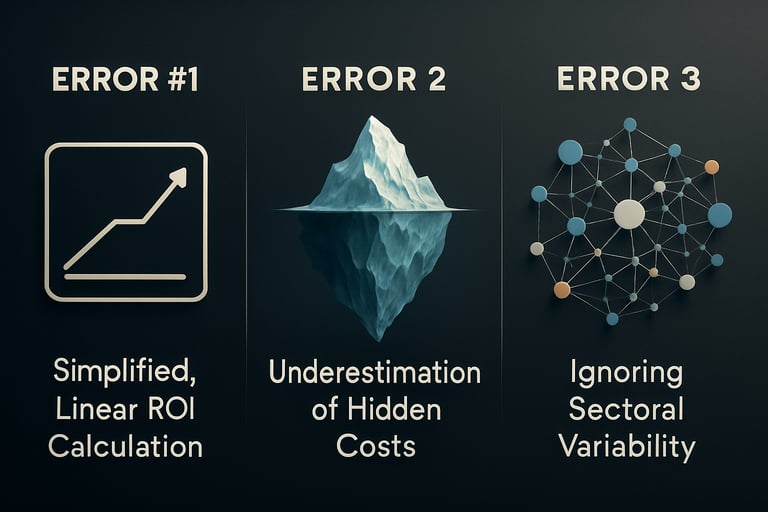

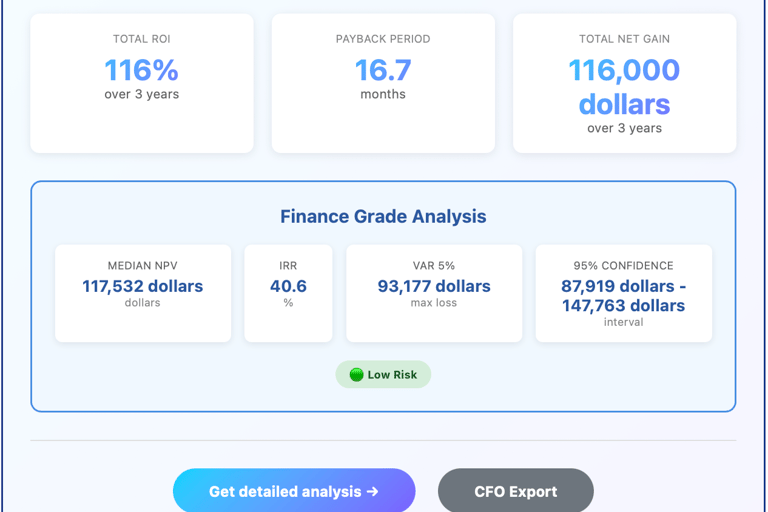

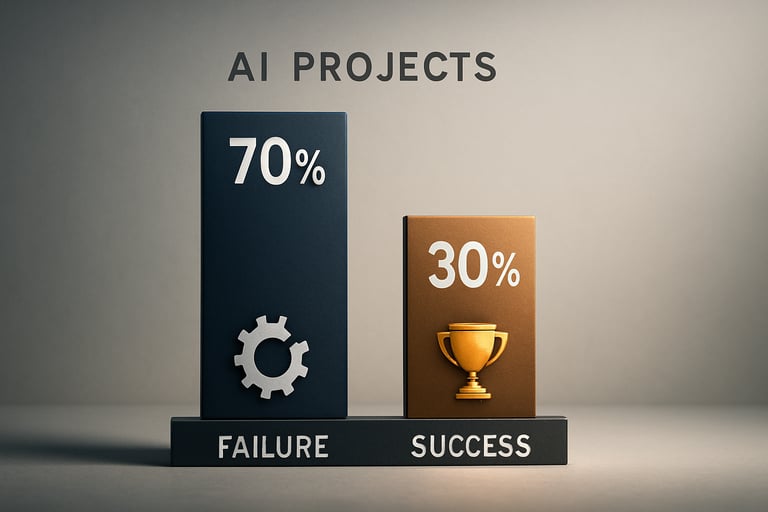

Expertise
MIT Sloan AI | Academic certification | Practical applications | C-Level First approach
Contact
contact@aiia-tech.com
© 2025 aiia-tech.com | Framework APOLLO™ - Protected Methodology.
